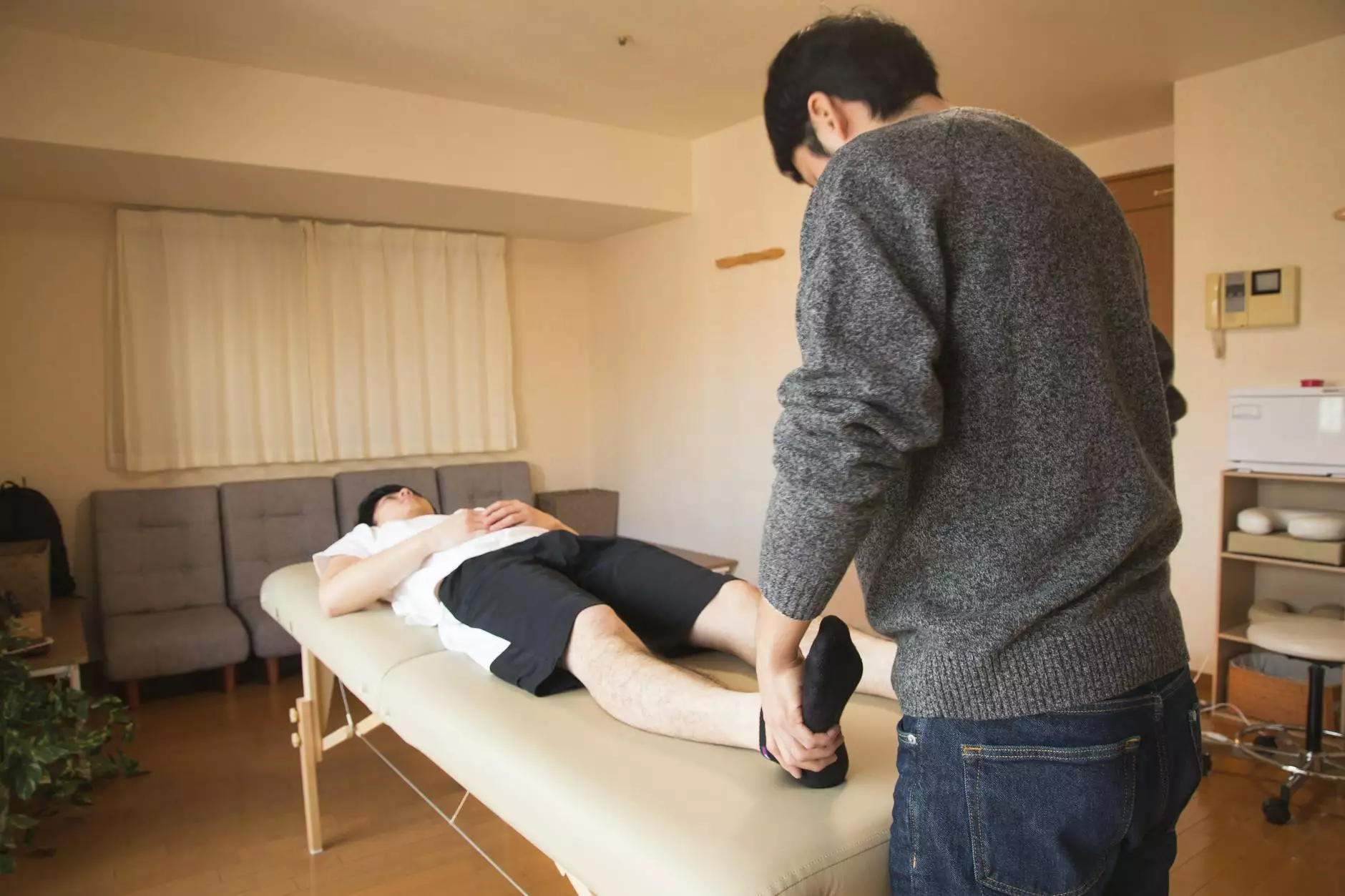Boosting Shoulder Health: The Importance of the External Rotation Test

Introduction
In today's fast-paced world, maintaining good health is crucial for optimal productivity and overall well-being. Our shoulder joints play a fundamental role in our daily lives, allowing us to perform various activities with ease. However, shoulder injuries and discomfort are common due to poor posture, repetitive movements, and strenuous activities.
Understanding Shoulder Mechanics
Before we delve into the significance of the external rotation test, let's take a moment to understand the importance of shoulder mechanics. The shoulder joint is a complex structure formed by the humerus, scapula, and clavicle. It allows for a wide range of motion, enabling actions such as lifting, reaching, throwing, and pushing.
However, the shoulder joint is inherently unstable compared to other joints in the body. This instability increases the likelihood of injuries, especially if the surrounding muscles and ligaments are weak or imbalanced. This is where the external rotation test comes into play.
The External Rotation Test: An Indispensable Tool for Shoulder Health
The external rotation test is a diagnostic tool used by chiropractors and physical therapists to assess the strength, stability, and flexibility of the shoulder joint. This test specifically targets the rotator cuff muscles, a group of four muscles responsible for maintaining shoulder stability and allowing for smooth movement.
By performing the external rotation test, healthcare professionals can determine any limitations, weaknesses, or imbalances in the shoulder muscles. This information is crucial in designing personalized treatment plans to address specific issues and prevent further injuries.
Benefits of Chiropractic Care for Shoulder Health
Chiropractic care offers a holistic approach to shoulder health, focusing on natural healing and physical alignment. Chiropractors use various techniques, including adjustments, manipulations, and therapeutic exercises, to restore proper joint function and improve overall shoulder mechanics.
In the context of the external rotation test, chiropractors can identify misalignments or subluxations that may contribute to shoulder dysfunction. Through targeted adjustments, they aim to correct these issues, alleviating pain and restoring balance within the shoulder joint.
Understanding the Role of Physical Therapy
Physical therapy is another essential component in enhancing shoulder health. Physical therapists employ specialized exercises, stretches, and manual therapies to promote strength, flexibility, and range of motion in the shoulder joint.
When it comes to the external rotation test, physical therapists use their expertise to develop tailored rehabilitation programs that target specific weaknesses or imbalances identified during the test. These programs often incorporate exercises such as external rotation variations, scapular stabilization, and rotator cuff strengthening exercises.
Prevention: The Key to Long-Term Shoulder Health
While the external rotation test is invaluable in identifying existing shoulder issues, it is equally important to prioritize prevention. By adopting healthy habits, maintaining proper posture, and seeking regular chiropractic care and physical therapy, individuals can proactively minimize the risk of shoulder injuries.
Conclusion
In conclusion, the external rotation test plays a pivotal role in assessing and maintaining optimal shoulder health. Through this diagnostic tool, chiropractors and physical therapists can identify weaknesses, imbalances, and limitations, providing targeted treatment strategies to prevent injuries and promote long-term shoulder well-being. By prioritizing proactive care, individuals can enhance their overall quality of life and mitigate the risks associated with shoulder-related complications.
external rotation test shoulder








